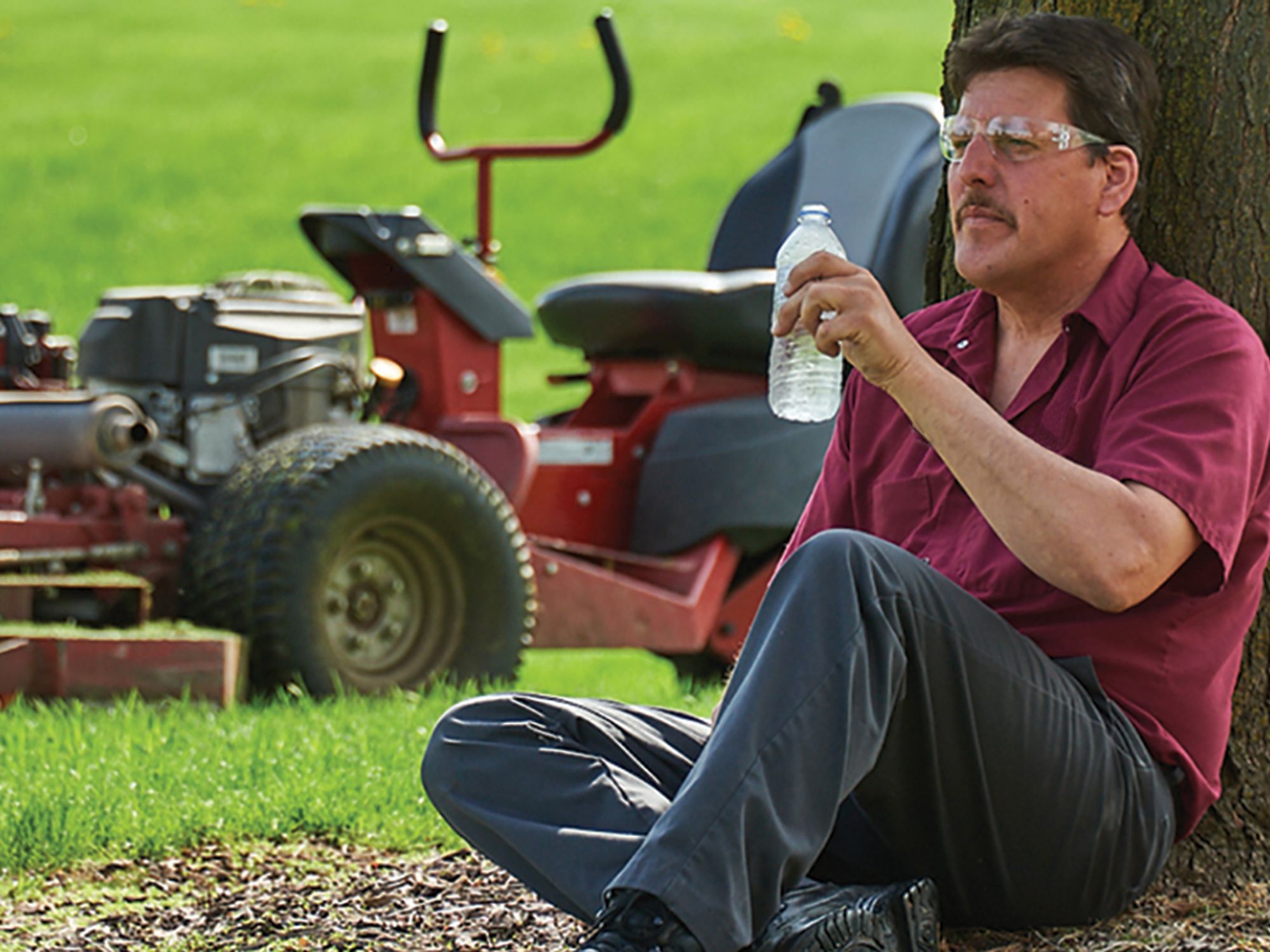Compliance Just Got Easier: Stay ahead of regulatory changes with instant notifications on updates that matter.
['Heat and Cold Exposure']
['Extreme Temperature Preparation', 'Heat and Cold Exposure', 'Heat Stress']
01/16/2024
:
|
InstituteHeat and Cold ExposureAnalysisIn Depth (Level 3)Extreme Temperature PreparationHeat and Cold ExposureEnglishHeat StressFocus AreaUSA
Solutions
['Heat and Cold Exposure']

- Solutions to help control employees’ heat exposure include wearing wet clothing or specialized PPE with cooling mechanisms, resting, drinking fluids, and pacing or toning down the work.
Sometimes workers are required to wear heavy clothing to protect against contact with hot materials or surfaces. Or they must wear impermeable chemical protective clothing, which can contribute to their exposure to heat.
There are specialized types of personal protective equipment (PPE) that can be worn under other types of protective clothing to cool workers. Ice vests have many pockets where ice packets can be inserted. Water-cooled garments have a battery-driven pump that circulates coolant through chambers in the clothing. Another system uses an air supply to circulate air around workers in impermeable suits.
Work practices to help control heat hazards
A more common technique that might be considered PPE is to wear wet clothing, headbands, or bandanas. This could also be considered a type of work practice control.
Other work practices that help control exposure to the heat include:
- Using intermittent rest periods to recover from the heat.
- Drinking about 5 to 7 ounces of fluids every 15 to 20 minutes to replenish body fluids.
- Using relief workers.
- Using the buddy system (working in pairs) when working in hot conditions.
- Pacing the work, or reducing the physical demands of the work.
- Providing cool recovery or shaded rest areas.
- Scheduling work for cooler times of the day or when heat-producing equipment isn’t being operated.
- Wearing light, loose-fitting, breathable (e.g., cotton) clothing.
:
heat-and-cold-exposure
heat-and-cold-exposure
FOUNDATIONAL LEARNING
Solutions
InstituteHeat and Cold ExposureAnalysisIn Depth (Level 3)Extreme Temperature PreparationHeat and Cold ExposureEnglishHeat StressFocus AreaUSA
['Heat and Cold Exposure']

- Solutions to help control employees’ heat exposure include wearing wet clothing or specialized PPE with cooling mechanisms, resting, drinking fluids, and pacing or toning down the work.
Sometimes workers are required to wear heavy clothing to protect against contact with hot materials or surfaces. Or they must wear impermeable chemical protective clothing, which can contribute to their exposure to heat.
There are specialized types of personal protective equipment (PPE) that can be worn under other types of protective clothing to cool workers. Ice vests have many pockets where ice packets can be inserted. Water-cooled garments have a battery-driven pump that circulates coolant through chambers in the clothing. Another system uses an air supply to circulate air around workers in impermeable suits.
Work practices to help control heat hazards
A more common technique that might be considered PPE is to wear wet clothing, headbands, or bandanas. This could also be considered a type of work practice control.
Other work practices that help control exposure to the heat include:
- Using intermittent rest periods to recover from the heat.
- Drinking about 5 to 7 ounces of fluids every 15 to 20 minutes to replenish body fluids.
- Using relief workers.
- Using the buddy system (working in pairs) when working in hot conditions.
- Pacing the work, or reducing the physical demands of the work.
- Providing cool recovery or shaded rest areas.
- Scheduling work for cooler times of the day or when heat-producing equipment isn’t being operated.
- Wearing light, loose-fitting, breathable (e.g., cotton) clothing.
2656869773
2656868893
UPGRADE TO CONTINUE READING
J. J. Keller is the trusted source for DOT / Transportation, OSHA / Workplace Safety, Human Resources, Construction Safety and Hazmat / Hazardous Materials regulation compliance products and services. J. J. Keller helps you increase safety awareness, reduce risk, follow best practices, improve safety training, and stay current with changing regulations.
Copyright 2025 J. J. Keller & Associate, Inc. For re-use options please contact copyright@jjkeller.com or call 800-558-5011.
